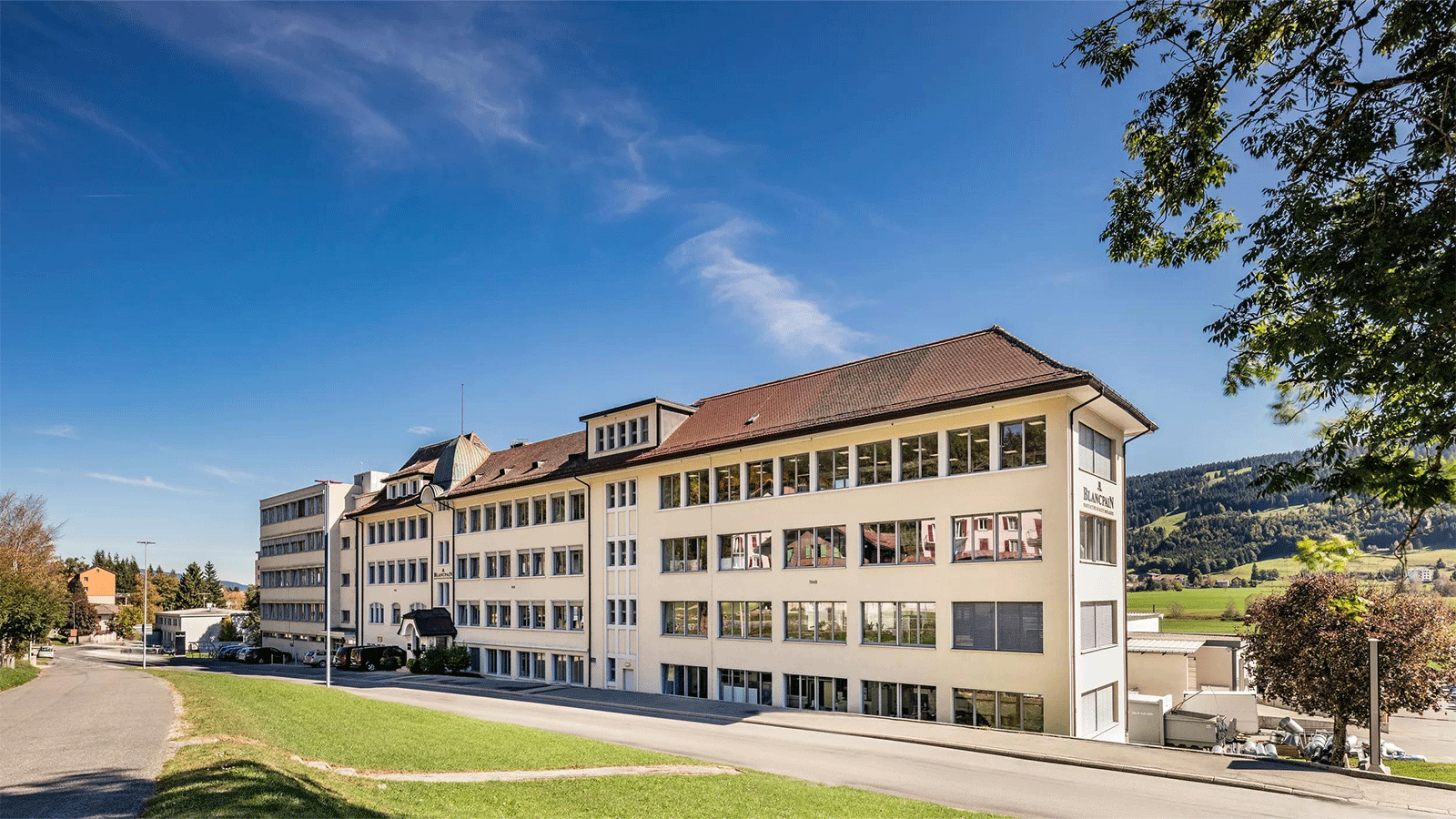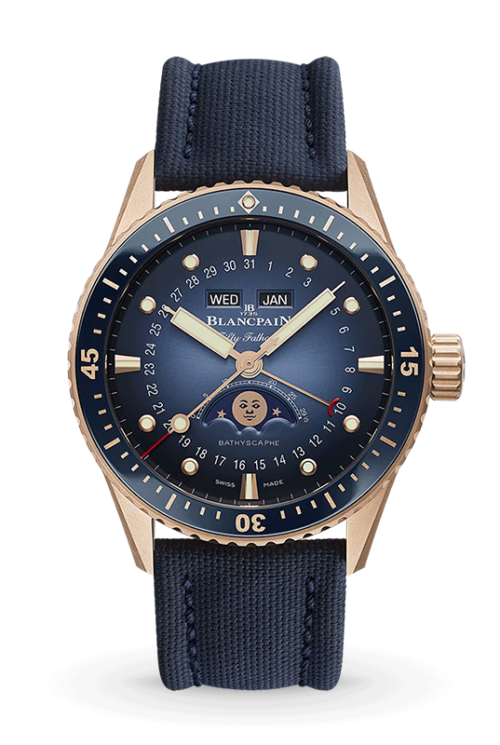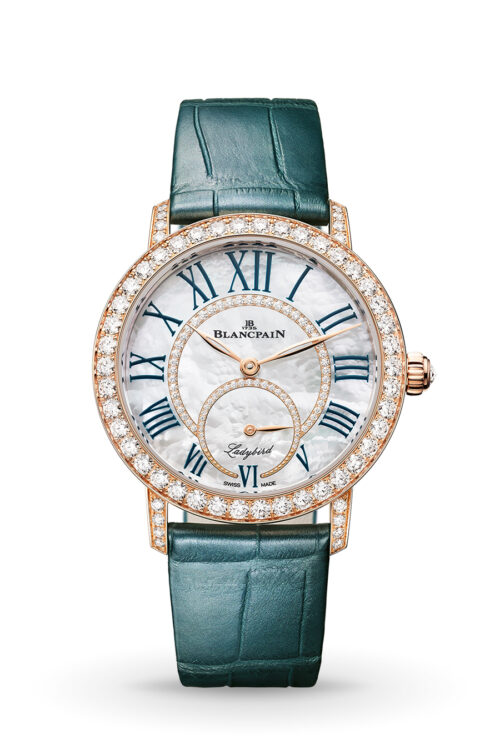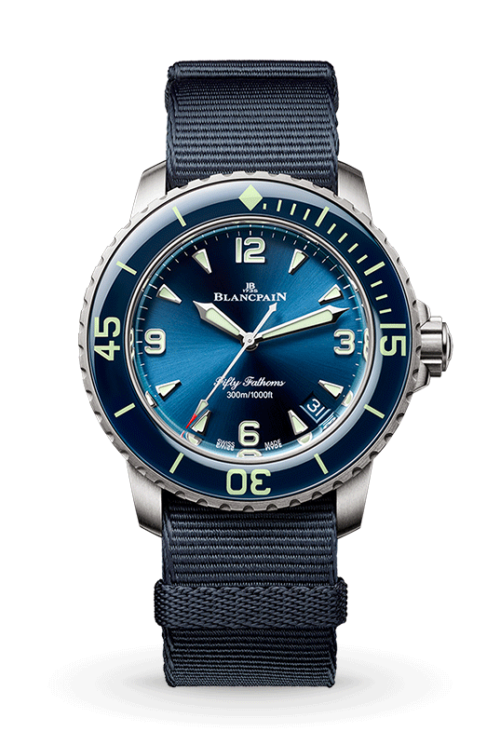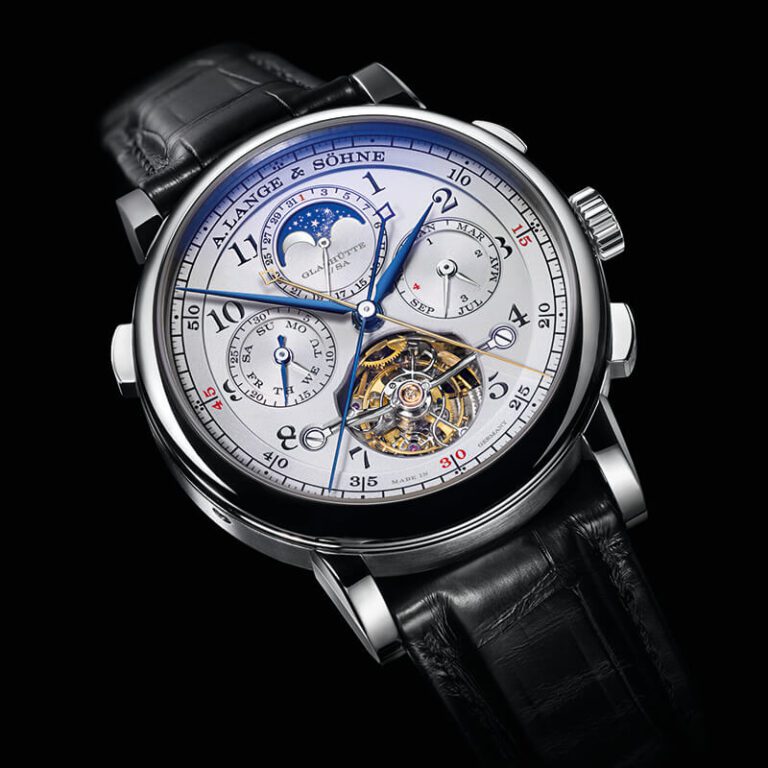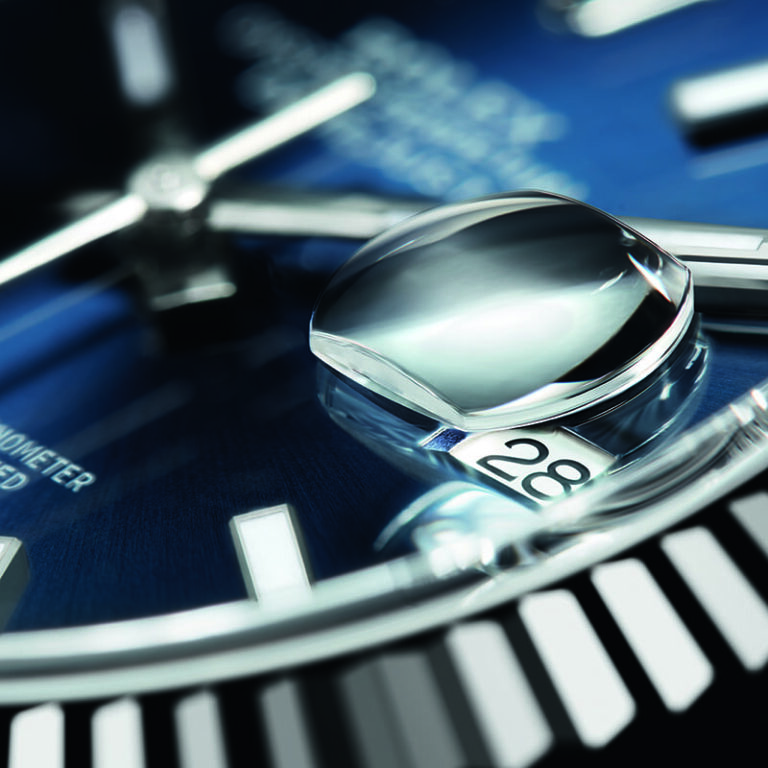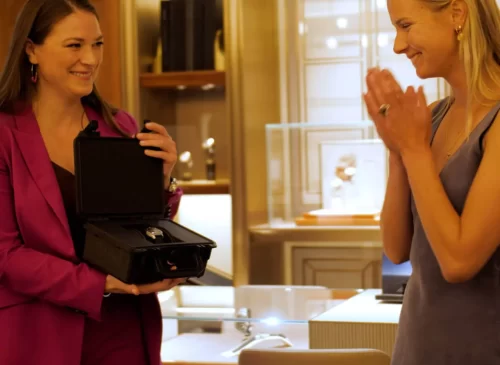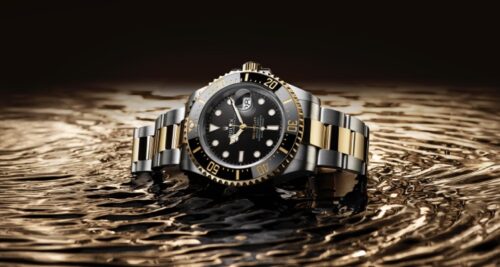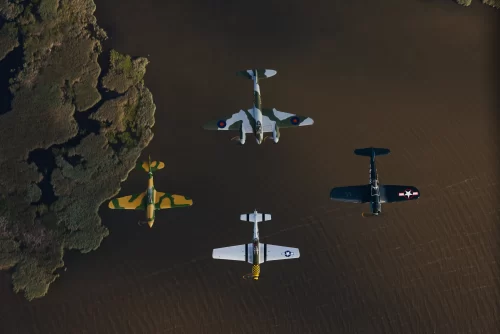Discover How Blancpain Expertly Restores Its Vintage Watches
Tucked away in the Vallée de Joux, Switzerland’s heart of fine watchmaking, is a wondrous place where expert watchmakers and artisans devote their life’s work to the expert restoration of fine timepieces from bygone eras. Welcome to Blancpain’s Heritage Department, a highly specialised workshop found on the hillside above the village of Le Brassus. It is here that Blancpain both safeguards and celebrates its rich history, as well as offering an important service to its valued clients; bringing back to life some of its most exceptional creations from decades long since passed. A beloved family heirloom perhaps, or a rare find at auction, whatever the case may be, there is something almost magical about an object that – with a little expert love and attention – can continue to do the job it was first created for, irrespective the immensity of time that has passed since. Read on to learn more about the Blancpain Heritage Department.
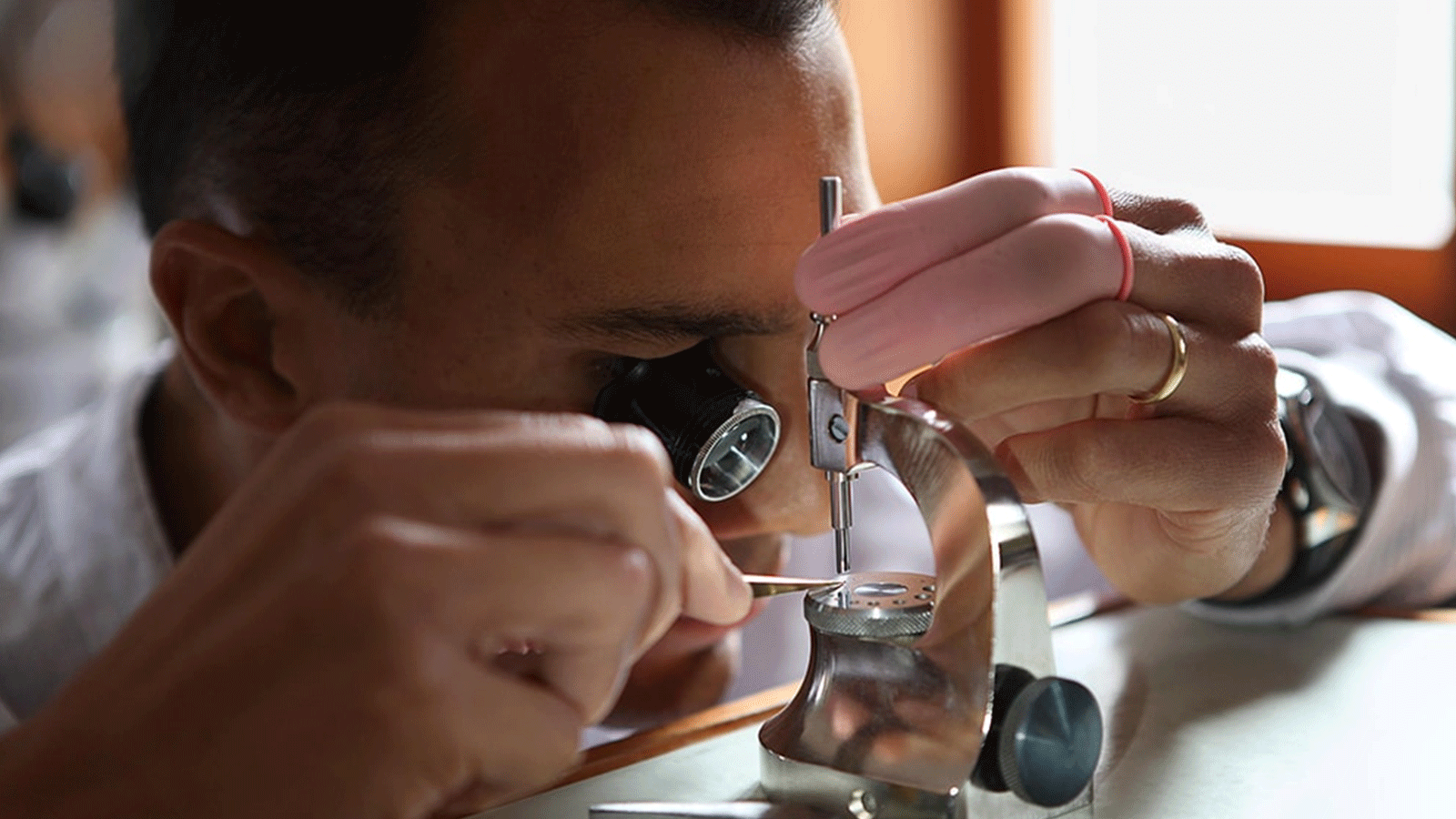
The Blancpain Heritage Department
To put Blancpain’s heritage department into context, it’s helpful to understand that the brand’s roots are divided into two branches. The oldest dates back to the company’s founding in 1735, when Jehan-Jacques Blancpain officially registered as a watchmaker in Villeret. The second branch dates from 1859 in Le Brassus. This is where Louis-Elysée Piguet set up his workshop specialised in complicated movements. Over a century later, his heir, Jacques Piguet, would go on to buy Blancpain, initially turning it into the manufacturer for the Frédéric Piguet brand, before setting it up as separate subsidiary. Blancpain and Frédéric Piguet would later merge in 2010, but that’s a story for another day.
Well before all that though, in 1891, Louis-Elysée Piguet bought an old mill, called “Le Moulin”, located in an area known by the locals as “Le Rocher” (the rock) on the hillside just above the centre of the village of Le Brassus in the Vallée de Joux. Today, this state-of-the-art workshop is known as “The Farm”. Within these walls, Blancpain’s master watchmakers devote themselves to the grand complications for the Villeret collection, such as minute-repeaters, split-seconds chronographs, carrousels, tourbillons and ultra-complex calendars like the Equation du Temps Marchante and the Calendrier Chinois Traditionnel. The Farm also houses Blancpain’s Le Brassus decorating and engraving workshops, as well as those that deal with the decoration of components for prestigious movements.
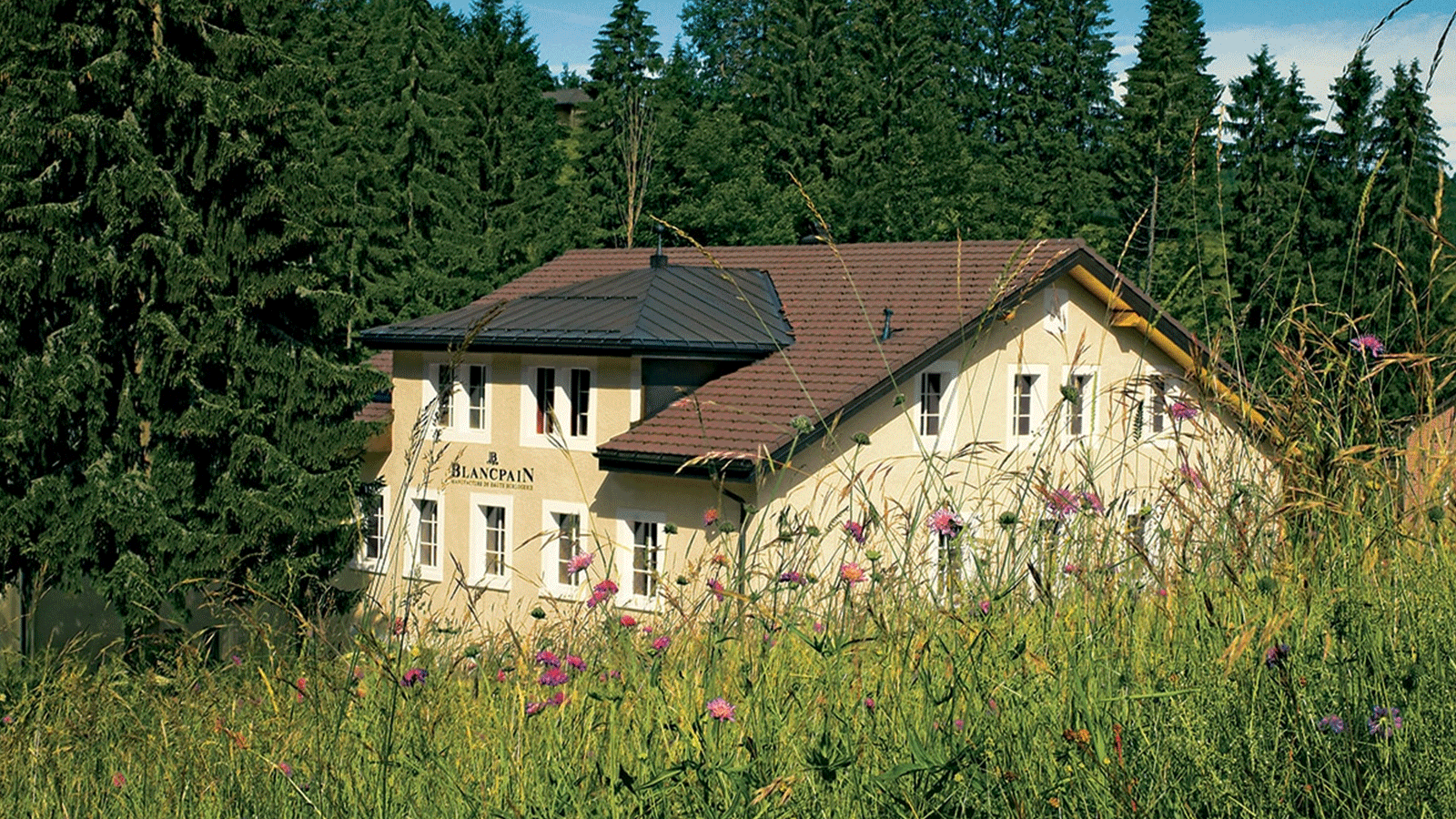
Given the unique expertise required, it perhaps comes as no surprise then that Blancpain’s President & CEO Marc A. Hayek chose this picturesque locale as the perfect setting for his visionary heritage department, created in 2014. His goal was to preserve Blancpain’s longstanding patrimony, in particular reviving the impressive legacy of the Fifty Fathoms. A passionate diver – much like Fifty Fathoms’ creator Jean-Jacques Fichter – Hayek was immediately seduced by the charm and the incredible stories of the Fifty Fathoms, not to mention its impressive performance as a tool watch over consecutive decades. He instinctively knew that servicing the brand’s vintage pieces would be key to bringing the modern day collections to life.
Today, the vintage department is staffed by a hand-picked team of Blancpain watchmakers who not only have a passion for the expert restoration of vintage pieces but also a deep understanding and appreciation of the unique challenges in determining what should be restored, what should be replaced and what should be left as is, particularly with regards to aesthetic matters. Questions which generally do not arise in the more routine servicing of modern pieces. To fit with Hayek’s vision of returning the vintage watches that pass through these doors to as close to original as possible, these watchmakers also need to master the increasingly rare skills of component fabrication by hand.
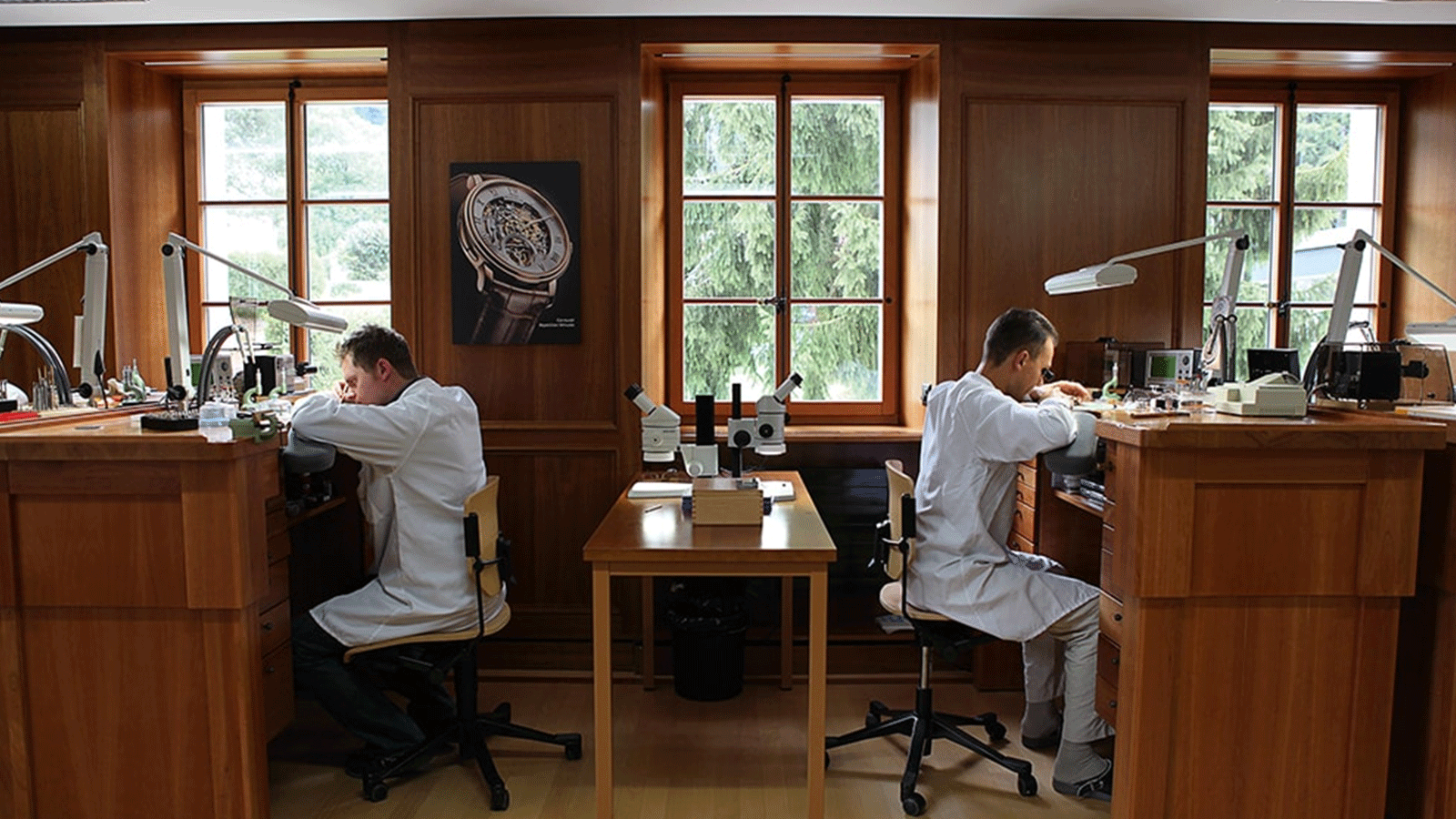
It is worth noting here that despite the Fifty Fathoms being a key focus for Blancpain in recent times, all four core collections from Blancpain today (Fifty Fathoms, Villeret, Ladybird and Air Command) have a strong heritage and have either been revamped or kept in the collection since their inception. As such, all Blancpain models created before the 1980’s come to the heritage department for expert servicing, and where required, restoration.
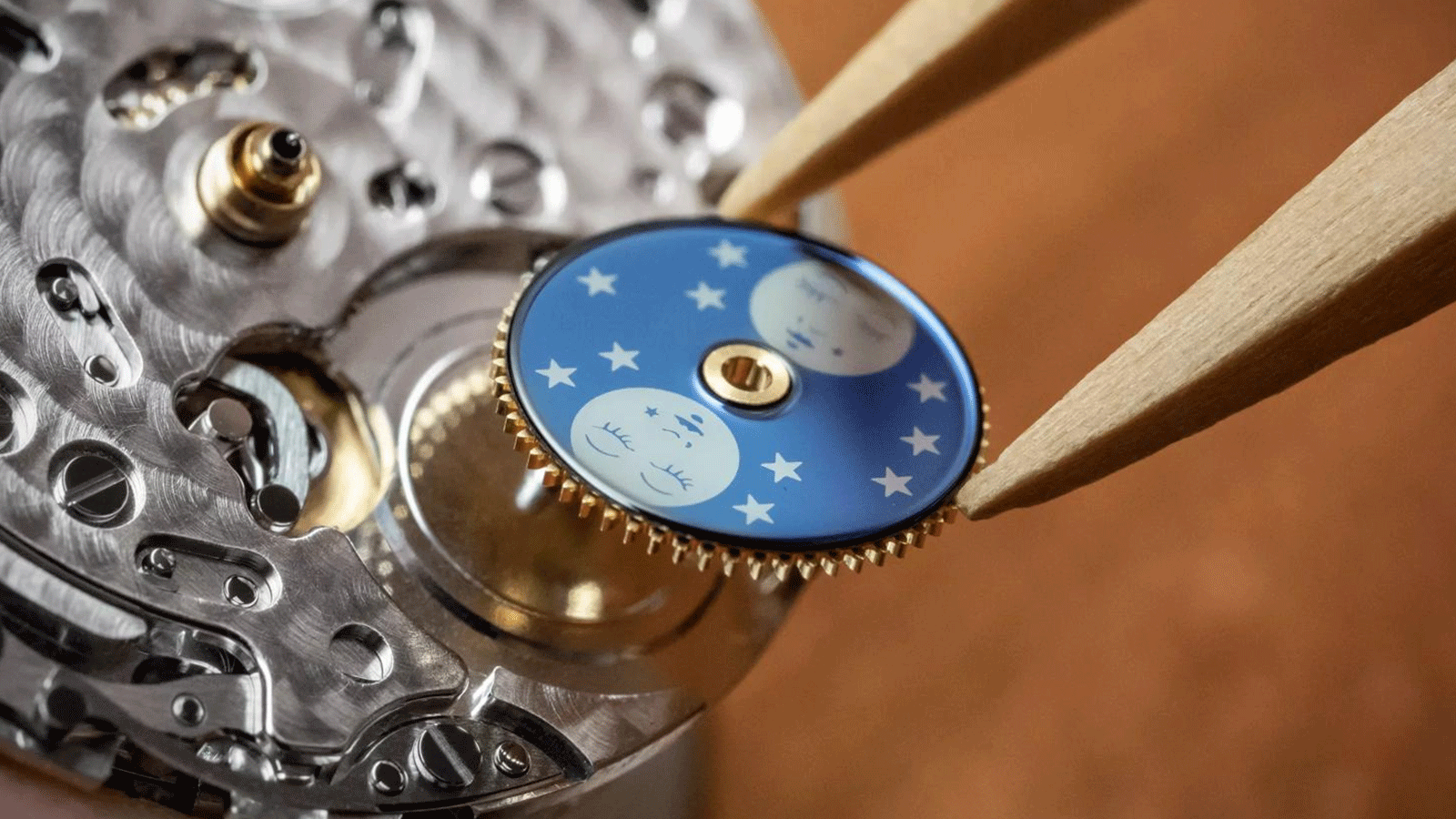
The Restoration Process
For any new arrival at Le Brassus, the timepieces must undergo a multi-dimensional analysis to ensure the watch is genuine. This technical diagnostic analysis results in a report replete with photographs of the case, dial (including hands), case back and movement. The next step brings the watchmaker and the owner into close contact. How far should the restoration go? Is the case scratched? (For example, a diving watch subject to both military and professional diving use for nearly a half century will probably exhibit scratching.) To what degree should the scratches be addressed? Blancpain’s philosophy is to recommend minimum intervention. Polishing to remove all scratches would likely go too far and dull or even remove engravings on the case back and, perhaps worse, alter slightly the shape of the case.
Virtually, all owners of vintage pieces agree with this light-touch approach. The same thinking applies to the dial. Gentle cleaning is usually advised if markings have slightly deteriorated because of age. Repainting would not only rob the watch of the patina of age, but it would destroy its legitimacy as a vintage piece. These issues and the choices are always presented to the owner before they make their decision. Then, a full service must cover the movement, case, dial, glass, and hands. For a vintage timepiece, in many instances, a movement restoration calls on the heritage watchmakers to employ their rare skills of component-making.
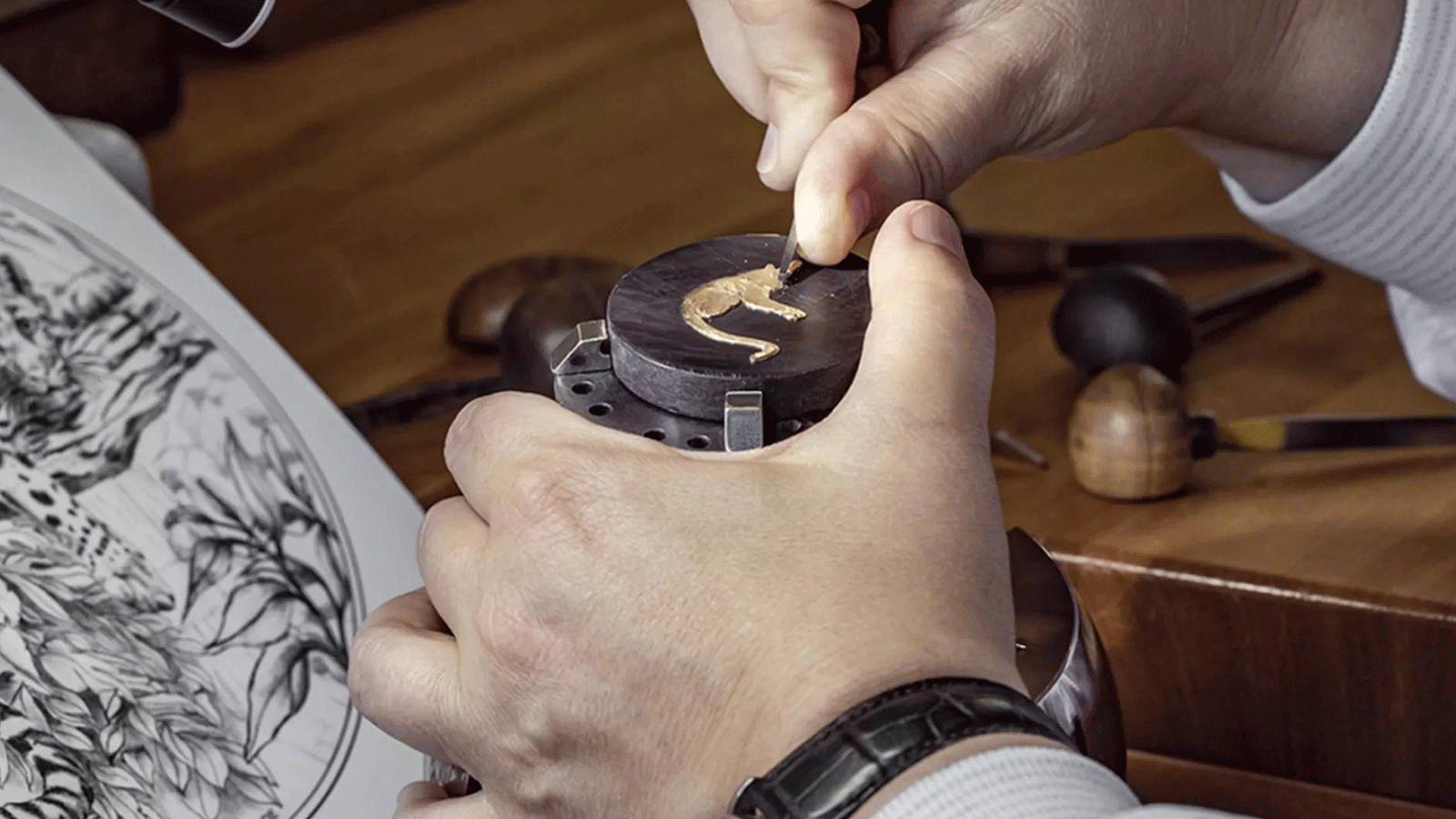
As you might imagine, the restoration process is complemented and indeed heavily influenced by historical research, as it helps Blancpain’s expert watchmakers and artisans stay faithful to the watches they are working on. Research provides insights into the era, design trends, and cultural context when each model was created; this in turn allows the heritage restoration department to learn about the intended purpose, audience, and significance of a given watch. Likewise, when it comes to authenticity and originality, research helps verify original components and ensures accurate restoration, in order to preserve the value and historical integrity of watches. This extends to understanding the materials and techniques used at the time, to ensure any work done remains as true to the original as possible.
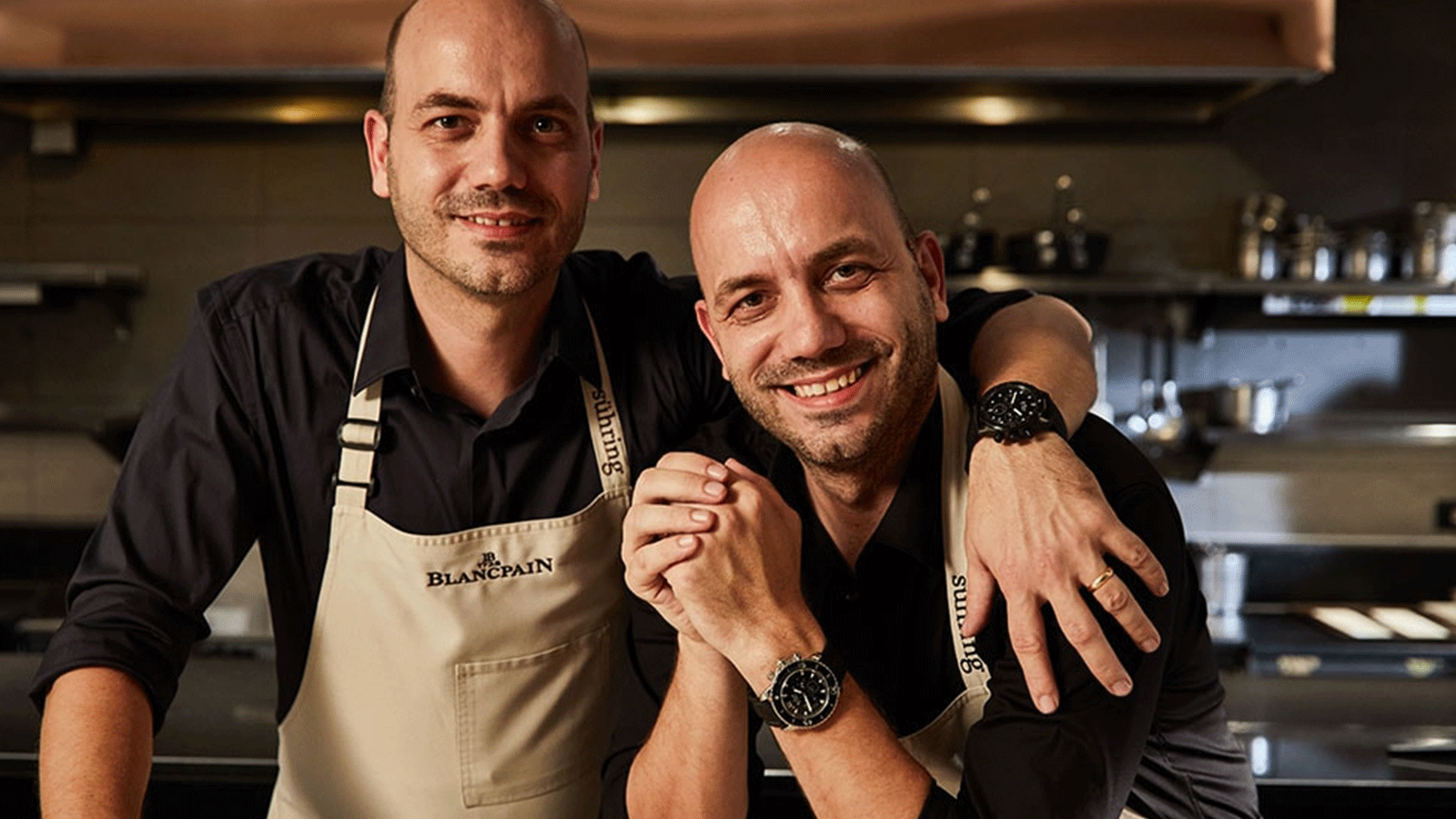
Blancpain’s policy of only intervening when it is deemed necessary, helps ensure that restored pieces maintain their authenticity and historical significance. As does the application of the expert know how of those doing the restoration work, who use traditional techniques wherever possible. That’s why all interventions are always made by human beings, not computer-driven machines. The Blancpain ethos is that knowledge and practice are keys to guaranteeing the history and the DNA of these timepieces. Finally, the fully restored timepiece is reunited with its owner.
We trust you have enjoyed this special feature on the Blancpain’s Heritage Department and found it both insightful and informative. Should you be in the possession of a vintage Blancpain timepiece in need of restoration work or should you like to learn more, please visit your nearest Watches of Switzerland Boutique today and our expert staff will be more than pleased to assist you.








 Rolex
Rolex Blancpain
Blancpain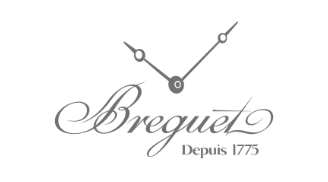 Breguet
Breguet Breitling
Breitling Cartier
Cartier Hublot
Hublot Vacheron Constantin
Vacheron Constantin IWC Schaffhausen
IWC Schaffhausen Jaeger-LeCoultre
Jaeger-LeCoultre OMEGA
OMEGA Panerai
Panerai Roger Dubuis
Roger Dubuis TAG Heuer
TAG Heuer Tudor
Tudor FOPE
FOPE Agresti
Agresti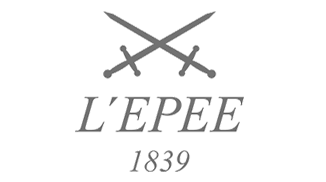 L’Épée 1839
L’Épée 1839 Scatola
Scatola



